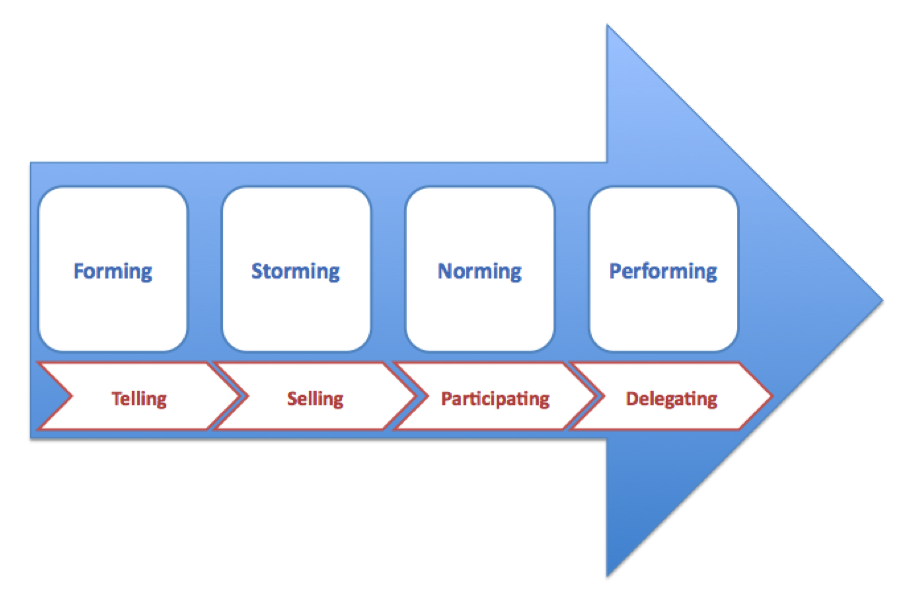Demand for software developers is unlikely to drop over coming years. I suspect the contrary is more likely to happen as demand for technology workers will continue to increase while North American universities produce less graduate developers.
That’s good news if you are a software developer as the demand is likely to continue exceeding the supply for many years. If you are on the market for a new job, your chances of finding another job are pretty good.
That’s also good news if you are an organization who offers software development services to customers. The trend showing that organizations are not staffing up to their full need and prefer to hire external temporary help (consultants) to complete their projects.
So all is well in this perfect world, right?
Well, it depends. If your goal is simply to get “a job” things are OK for you – send your resume to an organization that is recruiting and if you successfully go through the various steps of the recruiting process, you’re in. Congratulations! If at first you don’t succeed, try again a few more times and chances are you will get into one of the hiring organization.
If you are looking for interesting projects or projects inline with your personal goals and aspirations things might be more complicated. How do you ensure you are the one selected for that special project?
If you haven’t realized it yet, software developers are commodities. There simply isn’t much differentiation between software developers. I don’t mean to be disrespectful and as such, I won’t attempt to compare software developers to other commodities but the fact remains that there are very few ways to distinguish software developers.
In marketing, product differentiation is the process of distinguishing a product or offering from others, to make it more attractive to a particular target market. This involves differentiating it from competitors’ products as well as a firm’s own product offerings – Wikipedia.
The question that comes to mind is “What are you doing to stand out of the crowd?” and “What are your differentiating factors?”.
One differentiating factor that is slowly appearing in job descriptions is the requirement for “Agile software developers”. Although a step in the right direction, this is likely to mean very little in the near future as the definition of an agile software developer still needs to be agreed upon.
If you are part of an organization that offers software development services, what are your differentiating factors? Ours is simple, we offer immersion and highly performing software development teams that are ready to make a substantial impact from day 1.
What are your differentiating factors?


Recent Comments